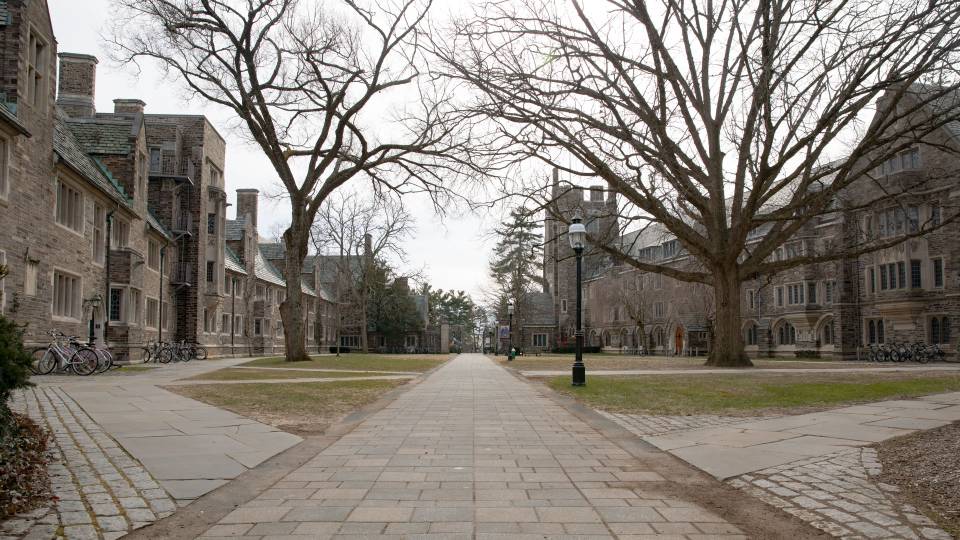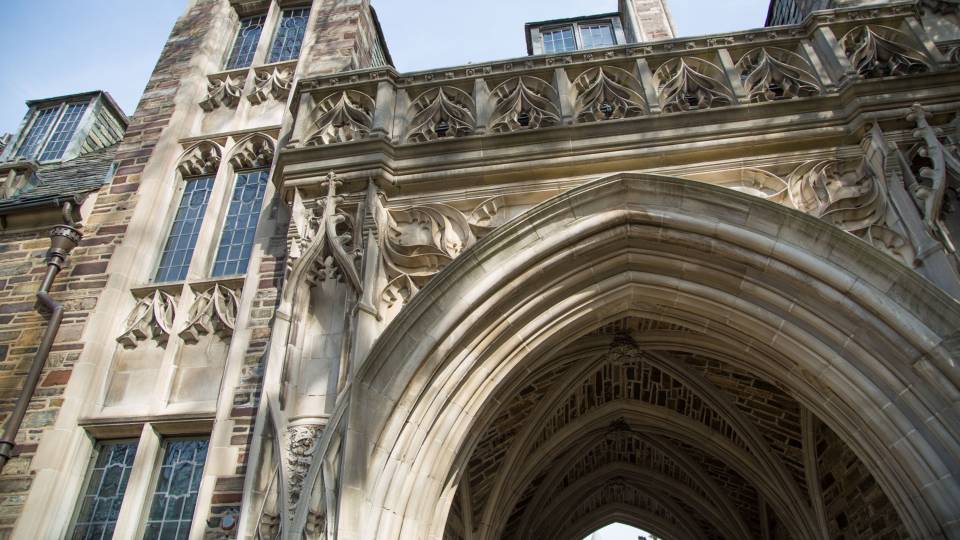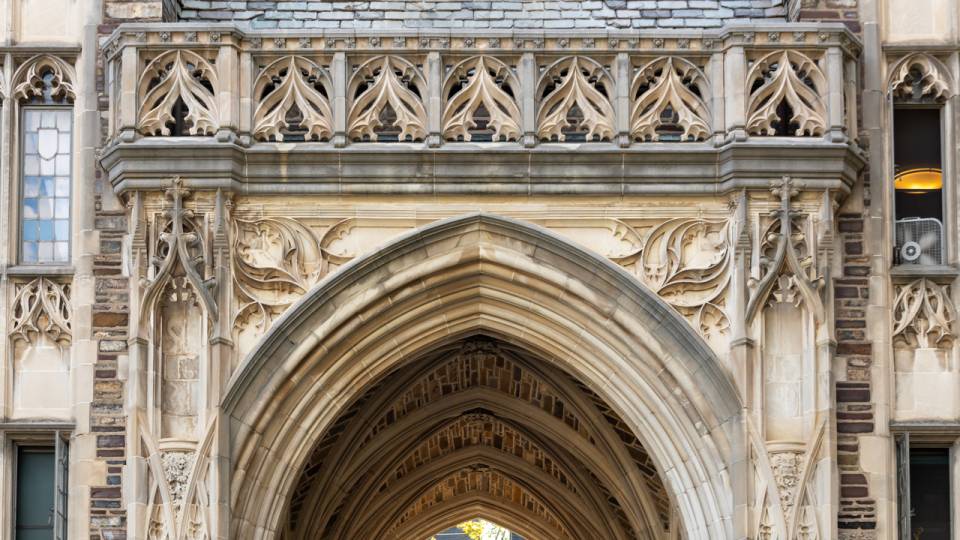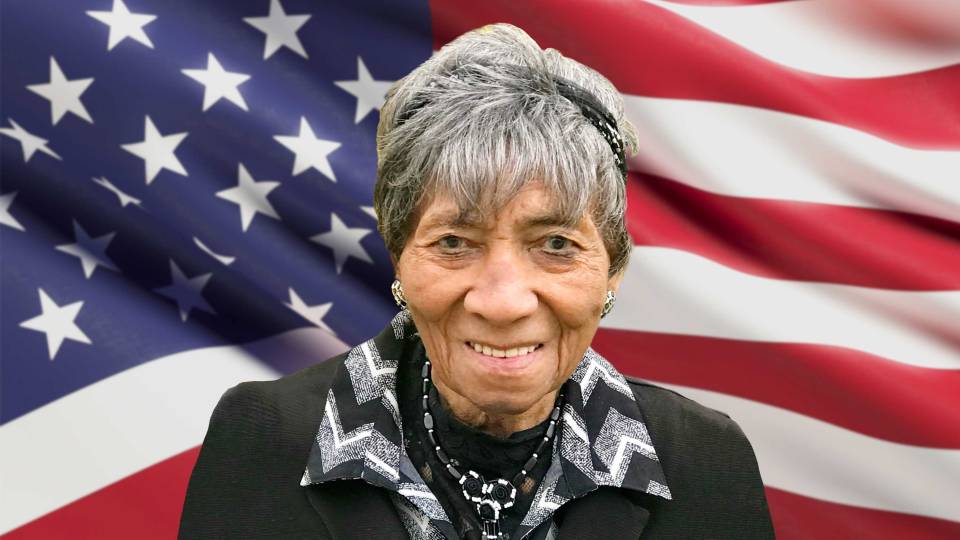Around 3,000 alumni returned to Princeton University last fall for the conference “She Roars: Celebrating Women at Princeton.” The University continues to showcase the history of Princeton women in various ways, including the self-guided tour “Stories of Women at Princeton.” The tour is web-based and available to anyone on or off campus.
Did you know that women have worked at Princeton University since at least the 19th century? That a former slave once owned by Princeton president Ashbel Green became a pioneering female missionary and teacher? And that construction of Princeton’s iconic Alexander Hall was financed by a woman?
These are just some of the facts uncovered through the tour “Stories of Women at Princeton.” The tour is web-based and mobile friendly, making it accessible to people on or off campus.
The online tour explores the history of women affiliated with Princeton University. From the enslaved women owned by faculty and administrators in the 1700s to the administrators, faculty, staff and students of today, the tour formally recognizes the lives of women whose stories were often excluded from the University’s historical narrative.

The online, mobile-friendly tour “Stories of Women at Princeton” explores the history of women affiliated with Princeton University. The tour formally recognizes the lives of women whose stories were often excluded from the University’s historical narrative.
The tour is particularly meaningful as March is Women’s History Month and 2019 is the 50th anniversary of undergraduate coeducation at Princeton.
The occasions are being recognized on campus in other ways, including the exhibit “Redefining Old Nassau: Women and the Shaping of Modern Princeton” (a panel discussion on graduate women will be held April 11) and a screening of Professor of Visual Arts Su Friedrich's film "Edited By" about women film editors. The “She Roars” conference recently celebrated women alumni at Princeton and the "She Roars" podcast continues to feature interviews with groundbreaking Princeton women.
The women’s history tour launched last fall as part of a series called “(In)Visible Princeton.” The self-guided campus tours highlight lesser-known histories of Princeton’s past. Other tours are: African American Life at Princeton, Asian and Asian American Life at Princeton, “Firsts” at Princeton, and Traditions at Princeton.
By elevating Princeton’s lesser-known stories, the media-rich tours aim to narrate, demonstrate and reflect on the nuanced history of Princeton, and are part of broader efforts overseen by the Campus Iconography Committee (CIC) to update and diversify campus art and iconography.

Women’s History Month is also a perfect time to listen to the "She Roars" podcast featuring interviews with groundbreaking Princeton women. In a recent episode, Helen Zia (left), Class of 1973, discusses her life as an award-winning journalist with podcast host Margaret Koval, director of special projects in Princeton’s Office of Communications.
The “Stories of Women at Princeton” tour features historic images, audio and video to help explain the significance of each event, location or person. Tour stops are themed around topics such as:
-

The “Stories of Women at Princeton” online tour starts with the stories of enslaved women owned by Princeton faculty and administrators in the late 18th and early 19th centuries. Former slave Betsey Stockton went on to become a pioneering missionary and teacher.
- Female staff members who began working at Princeton by the 1870s. Many were integral to Princeton’s development. As examples: Beatrix Farrand was the University’s first landscape architect from 1912-43 and her legacy still endures on campus. Charlotte Martins worked at the library for 40 years and helped grow collections from 60,000 to 450,000 volumes until she retired as head of purchasing in 1920. (Today, the Princeton University Library has 10 million printed volumes.)
- The “hidden” women donors who supported campus construction projects in the 19th and early 20th centuries. Many well-known academic buildings and dormitories were financed by women but named for men.
- Female faculty, from the women who worked as instructors in the 1940s, to the first tenured female faculty in the 1960s, to the appointment of Shirley M. Tilghman as Princeton’s first female president in 2001.
- Female students, from non-degree students in the 1940s, to the Graduate School admitting women in 1961, to undergraduate coeducation in 1969.
More events to celebrate the 50th anniversary of women as full-time Princeton undergraduates will be planned for fall 2019.







